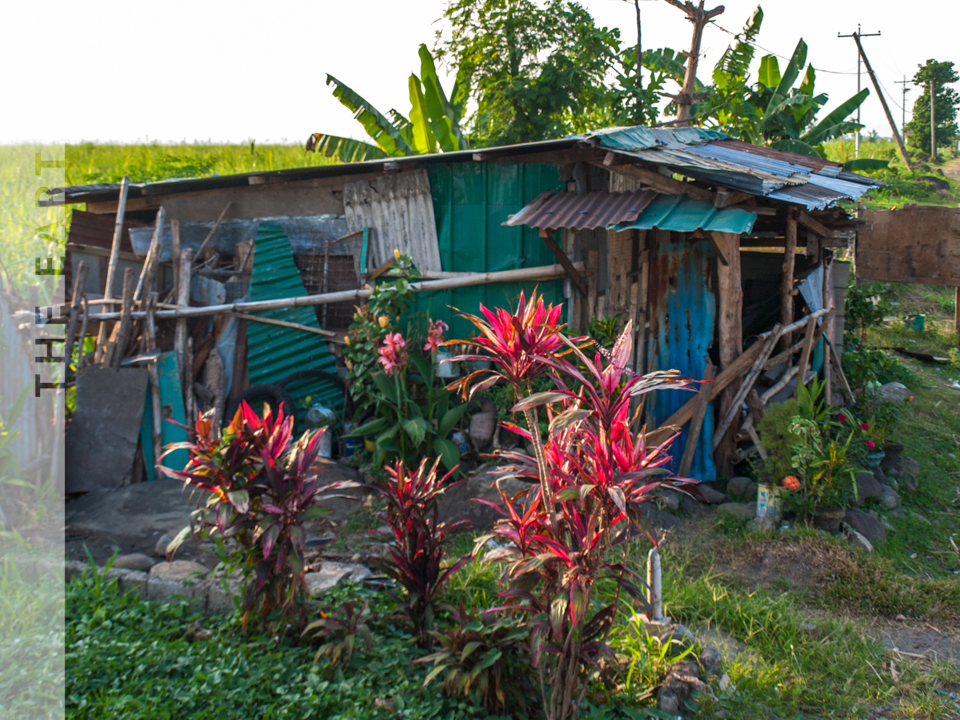 |
| Feet dangling from the top of a jeepney on the way home from work. © 2014 Andrea Rip |
Tacloban, the area hardest hit by Yolanda, is All Hands' next area of concentration. When I left, there was a small group of six to eight people setting up a new base there and getting started on a major neighborhood rebuild project. With a number of projects to be completed between Ormoc and Kananga, All Hands was following through on their commitments to the area I served in before moving everyone to Tacloban.
While parts of the Island Leyte are getting electricity, each home and business has to pay to reconnect to the lines - and with little business income after the storm, this can be impossible for many. Depending on the size of the home, it could be P400 (~$10USD), but too much for many on the Island.
Despite rainy season's end at the beginning of February, mid-March tropical storms and a small typhoon have dampened a week's worth of work. When people are living in temporary cardboard, plywood, tarpaulin, and tin huts, the extra and unseasonable rain and wind makes for difficult circumstances. One of All Hands' teams in the mountains was virtually rained out of a weeks worth of work in their wind torn tents with battered equipment.
This is the reality of working in the Philippines and serves as a reminder to stay aware of people who need help: Please do not forget the Philippines.
 |
| A sign I spotted in Ormoc: "Ormoc is now HOPEFUL and We are THANKFUL to YOU generous PEOPLE." © 2014 Andrea Rip |
- www.world renew.net
- www.hands.org
- www.doctorswithoutborder.org
- or your favorite international aid organization (Red Cross, World Health Organization, UNICEF, Save the Children, World Vision, etc).
"We established Project Leyte in late November, and since then we have assisted 2,998 families, and 22,571 people total, in the recovery...we have relied on 6,550 days of donated labor by 286 volunteers from 32 countries around the world."
One of the women who joined Project Leyte, Chloe "Crutches" Lyttle, with her 19 Toes Productions, put together a beautiful video that summarizes what our Project looked like: Hard work, cute kids, and occasionally a little play.
 |
| Riding back from work on the back of a jeepney. Photo Credit: René Serrano |
Amen!














































